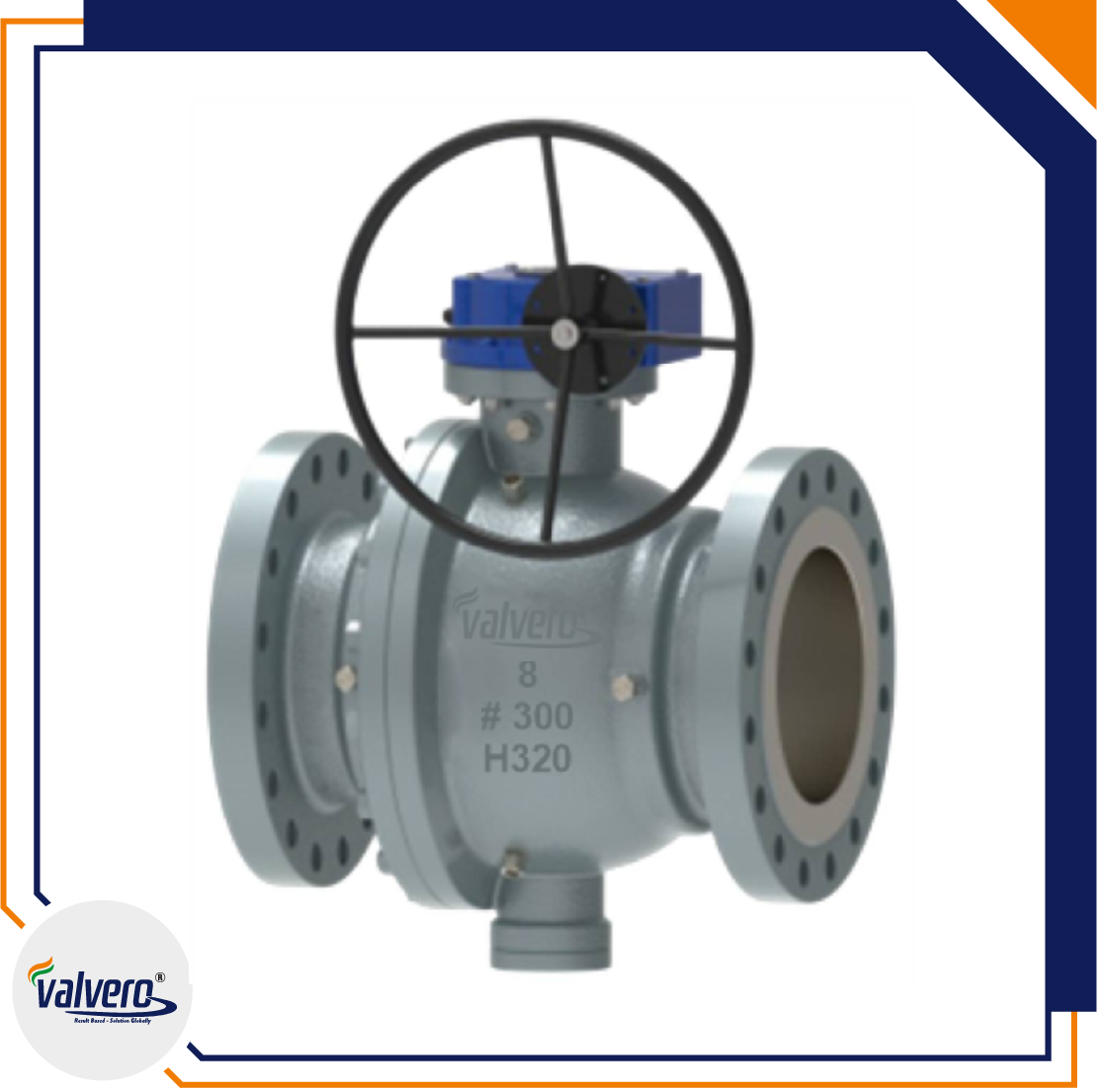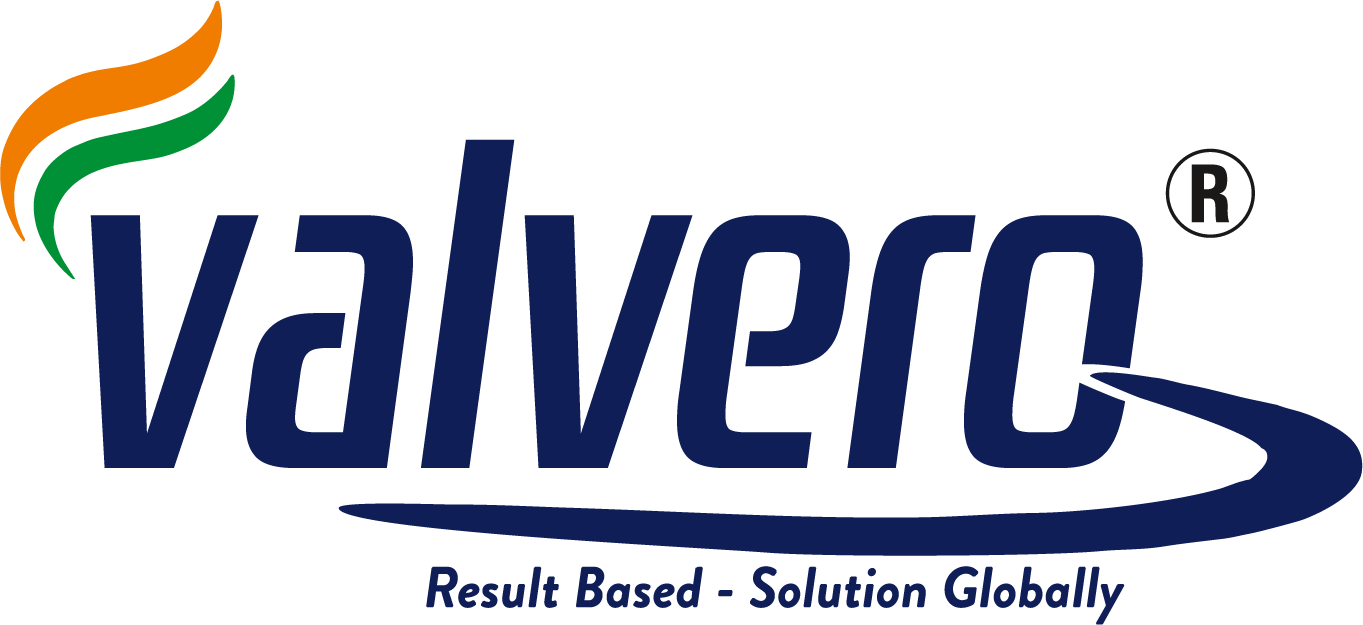

Trunnion mounted ball valve has a two-block type and three-block type body structure & Casting, the middle flange is bolted, the seal is made of reinforced Teflon inset into the stainless steel ring, and there is no spring at the back of the ring to ensure the seat is close to the ball, keep the seal. There is no PTFE bearing on the upper and lower stem to reduce friction and save effort in operation. There is no adjusting plate at the bottom of the shaft to ensure the connection between the ball and the seal ring.
Full size: Trunnion mounted ball valve flow aperture is the same as the pipeline diameter for cleaning.
- Description
- Design Standard
- Feature
- Applications
- Series: BTR100
- Size: 2″ to 10” (50 mm to 250mm)
- Material: ASTM A 216 WCB, ASTM A351 Gr CF8, ASTM A 351 Gr CF8M, ASTM A 217 Gr WC6, A 217 Gr WC9
- Special Material: Duplex 4A,5A,AB2,Inconel, Monel, CN7M
- Ball: Solid (SS 304, SS316, Duplex 4A, Inconel, Monel)
- Seat: PTFE, RPTFE, PEEK, Devlon TFM1600
- Port: Full & Regular (Reduced) Bore
- Pressure Rating: ASME #150, #300, #600
- End Connection: Raised Flanged, Butt Weld,
- Design: Floating, Turnion ( Soft Seated)
- Construction: 2 Piece / 3 Piece (2-Way)
- Operation: Lever, Gear Operated, Pneumatic Actuator, Electric Actuator
Design Standard: API 608 and ASME B16.34
Pressure Testing: API 598
Face to Face: ANSI B 16.10
Flanged Drilling: ANSI 16.5
Butt Weld: ANSI B 16.25
Fire Safe Testing: BS 6755 PART II / API 607 / API 6FA
Quality Assurance: ISO 9001
Fugitive Emissions: ISO 15848-1, API 622
NACE: MR 0103, MR 0175
Emergency Seal:
A trunnion-mounted ball valve is designed to have a sealant injection at the seat and the stem. In the event of a failed seal, a temporary emergency seal could be achieved via injection sealants.
Antic Static:
For the reason that the stem and the ball of a trunnion ball valve are suspended on non-metallic parts, there is the likelihood of a static charge building up on the stem/ball. For this, an antistatic ball and metal spring are included in the design to retain the metal-to-metal contact within the rotating stem or ball and the valve body that helps to ground the charges to the design’s valve body.
Blowout Proof Stem:
The stem of the trunnion valve is made with a shoulder at the end of the bottom. It is secured by the filling box in the event that the stem in certain working conditions mistakenly blows out. There are various designs for this.
- Ball valves are used as bubble-tight shut-off valves or off/on stop valves to control, regulate, and refine different fluids.
- They find their application in all kinds of air, vapor, and hydrocarbon systems.
- The instrument tubing process makes use of ball valves to connect different instruments.
- It is tight and reliable. Currently, the most widely used sealing surface material of a ball valve is plastic, which has good sealing performance and has been widely used in vacuum systems
- In upstream applications, ball valves are used to regulate the flow of oil and gas.
In midstream applications, they are used to protect the equipment. - In downstream applications, ball valves are used in the refining oil process.
Our Clients

















